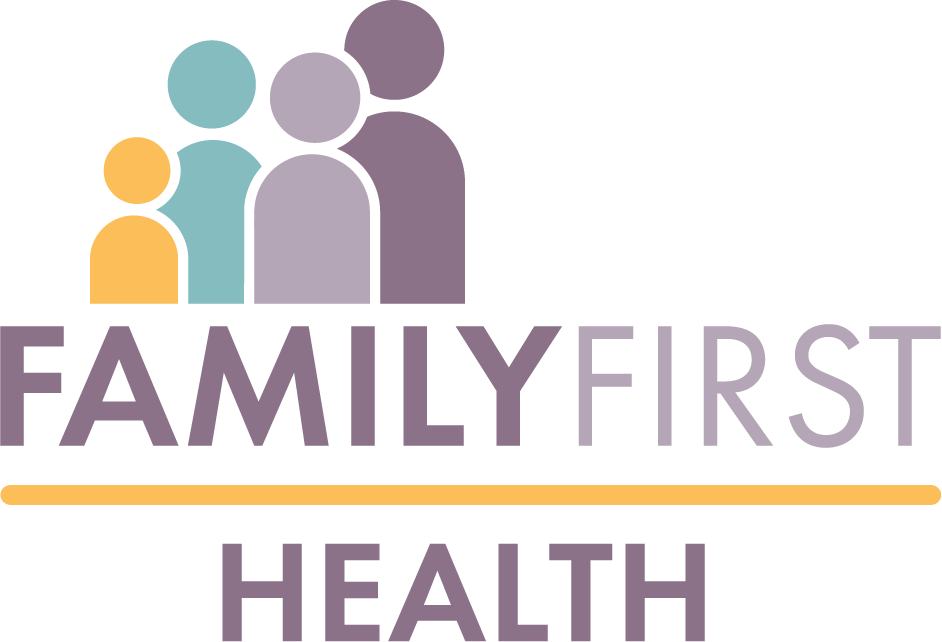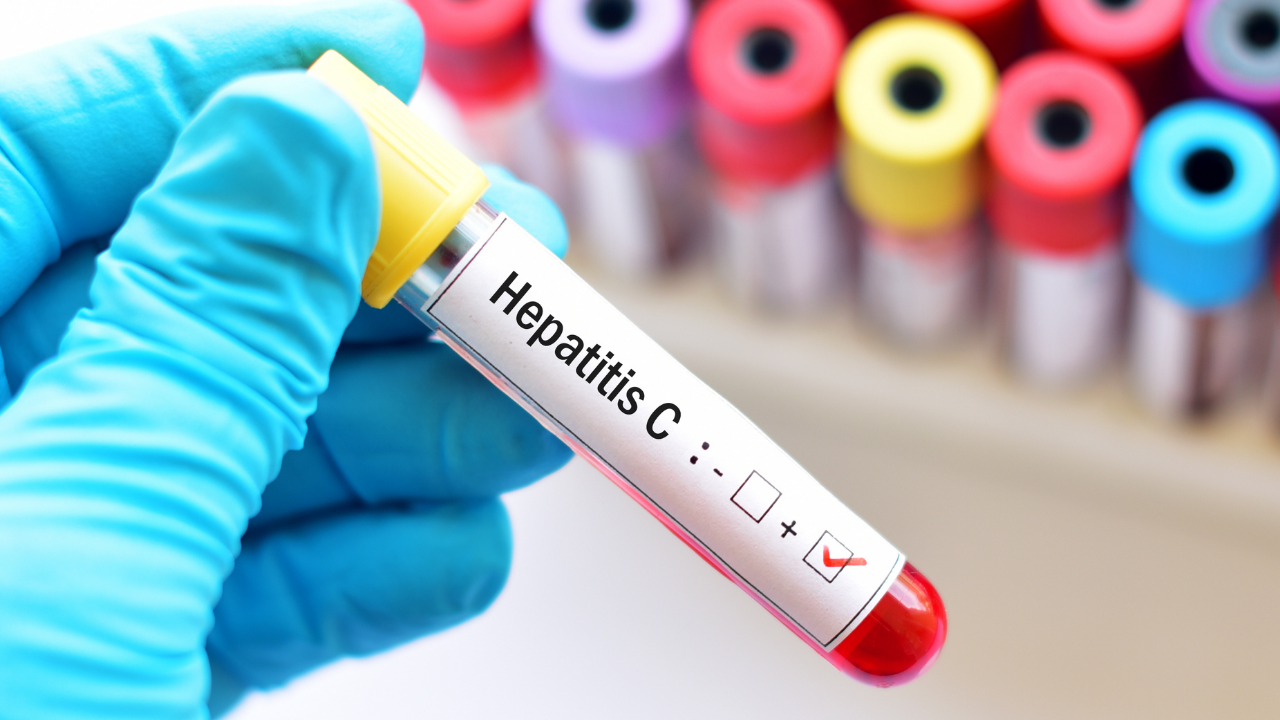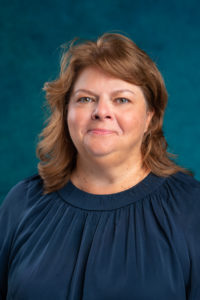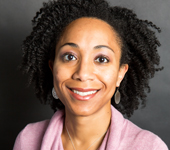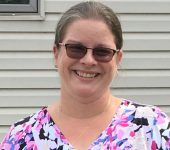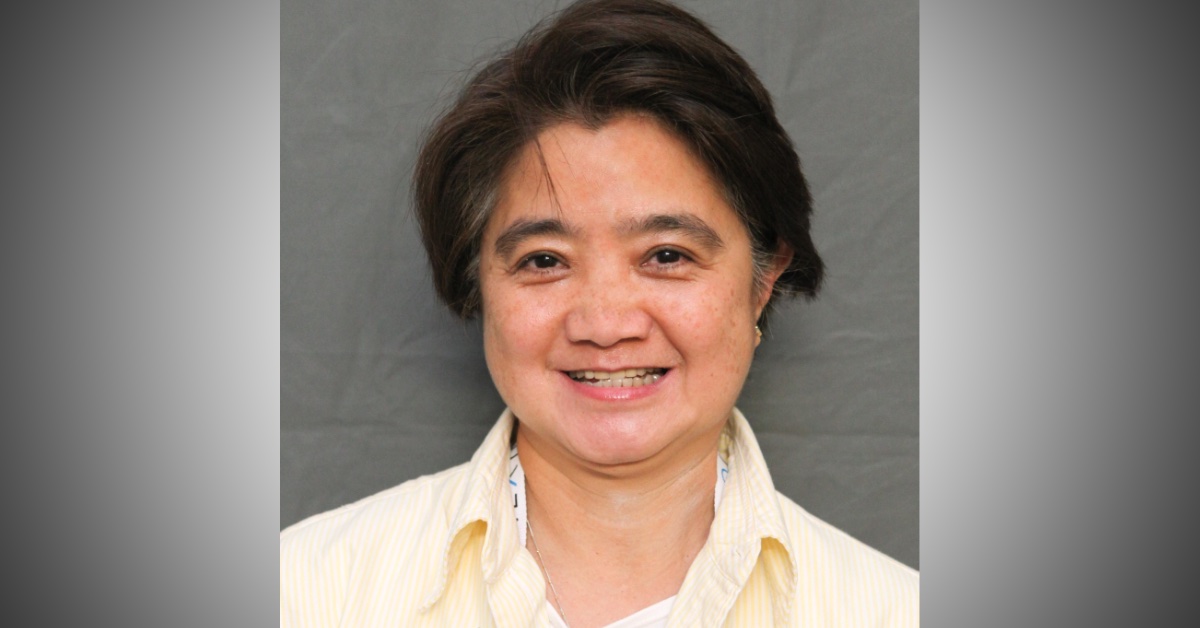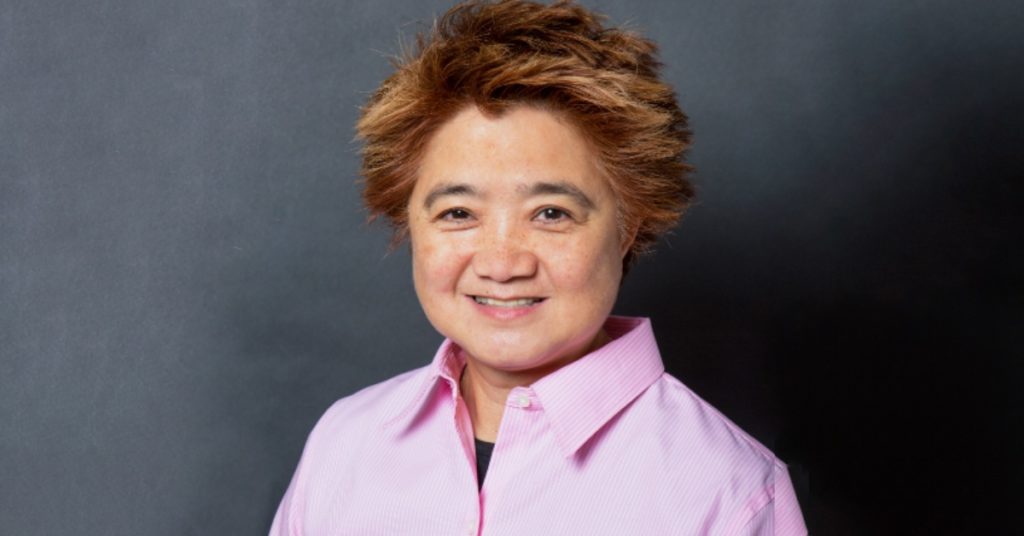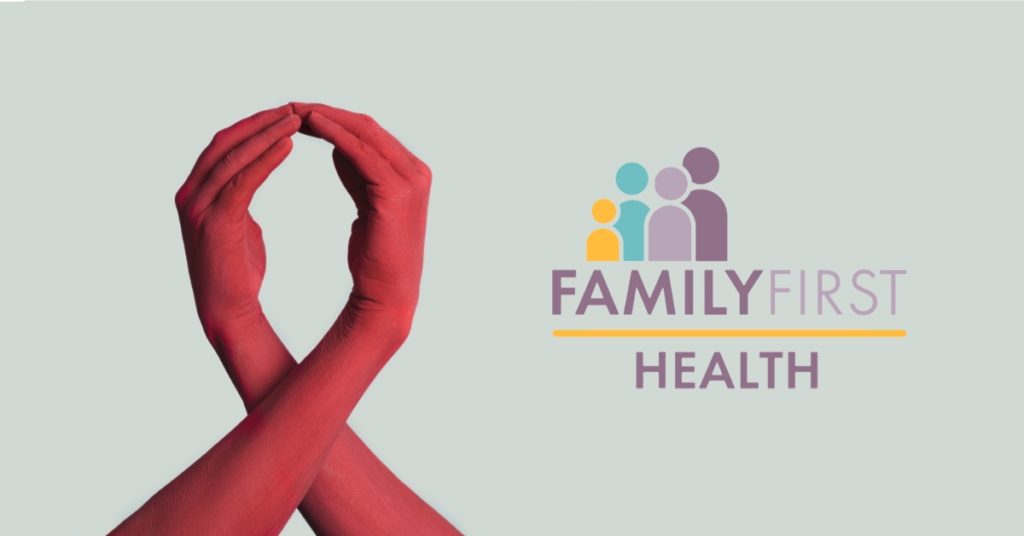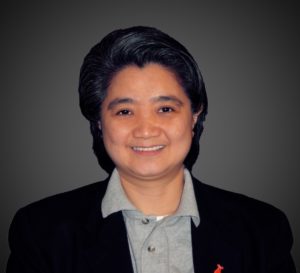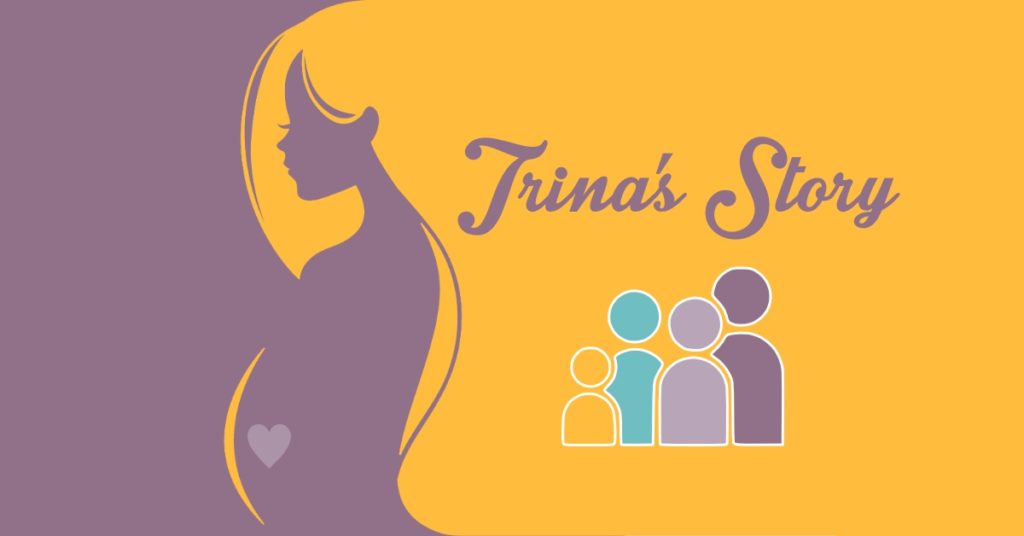Family First Health has recently started offering Hepatitis C (Hep C) testing and treatment at all of its primary medical care sites. All adult patients, starting at age 18, should be tested at least once in their lifetime. Previously recommended for Baby Boomers, the guidance now includes testing all adults.
FFH uses OraQuick rapid testing, which is just a fingerstick test for the patient. It is greater than 98% accurate with high sensitivity (97.8-100%) and specificity (99.5-100%). The test takes 20 minutes to process; the test will be done at the start of a visit and the result will be available by the end of the patient visit. It will also be confirmed by a send out blood test.
Why is this important to offer our patients? Hep C, when not treated, can lead to major complications including cirrhosis, liver cancer, liver failure, liver transplant, and death. Approximately 80% of patients with Hep C become chronically infected. Of those 80%, 60-70% will have ongoing chronic liver disease, and somewhere between 5-20% will go on to develop cirrhosis. This is normally a very slow process that can take up to 20 or more years to develop. Of patients with HCV-associated cirrhosis, 20-25% may progress to liver failure and death. Hepatocellular carcinoma (liver cancer) usually develops after 30 years of chronic infection.
Why are we offering Hep C testing now? Historically Hep C was difficult to treat and not well tolerated. This was only undertaken by the gastroenterologist. Now, there are new oral medications that can CURE Hep C in 8-12 weeks! The medication that FFH providers are using most is 3 tablets once daily for 8 weeks. After 4 weeks the majority of our patients go from a viral load often in the millions to undetectable. Not only do patients have less chance of developing chronic liver disease, but they also feel better with less pain and fatigue. Patients also often feel clearer mentally. This treatment completely eliminates the complications described above. Hepatitis C is something that needs to be treated in primary care, with some referrals to gastroenterology when there are complications such as HIV, Hep B, or cirrhosis. The providers at Family First Health stand ready to test any adult wanting to know their status, and look forward to providing the treatment that can lead to a cure for Hepatitis C.
